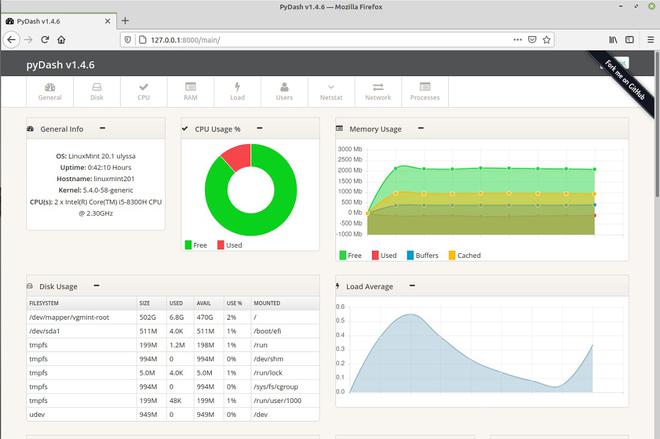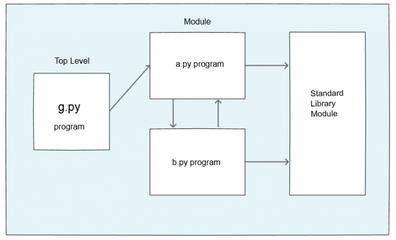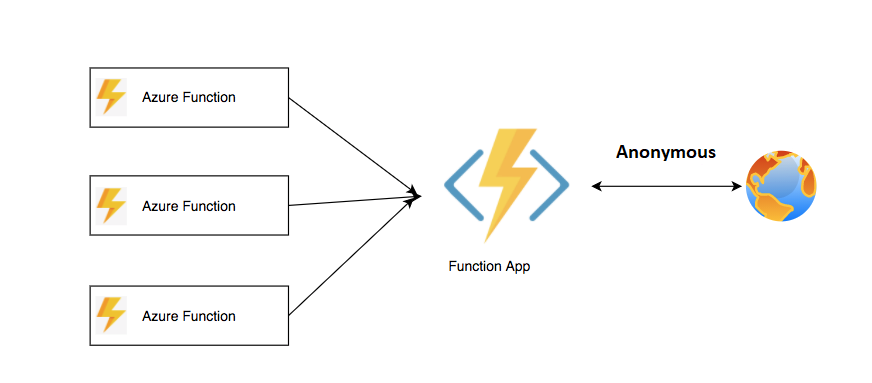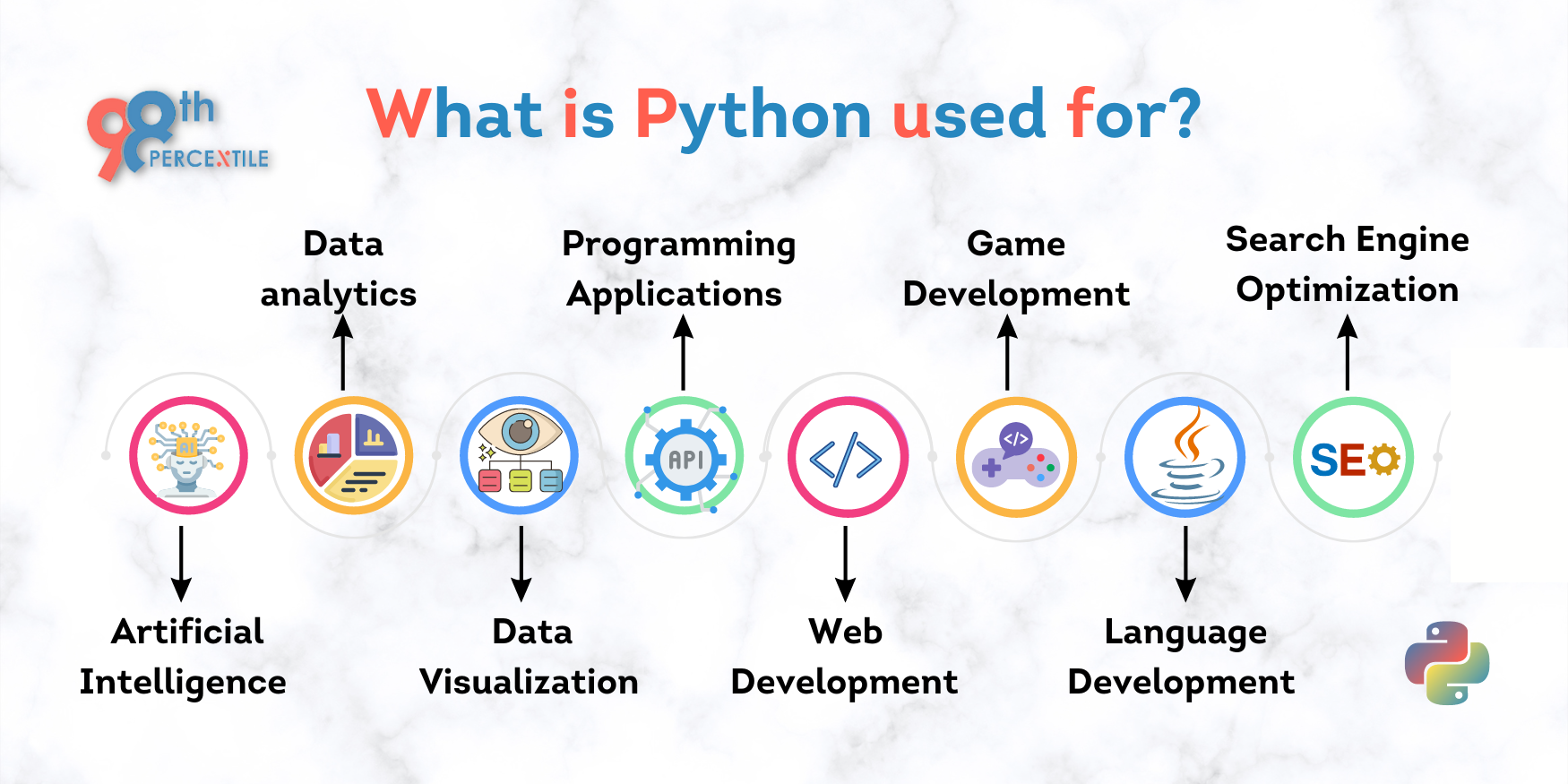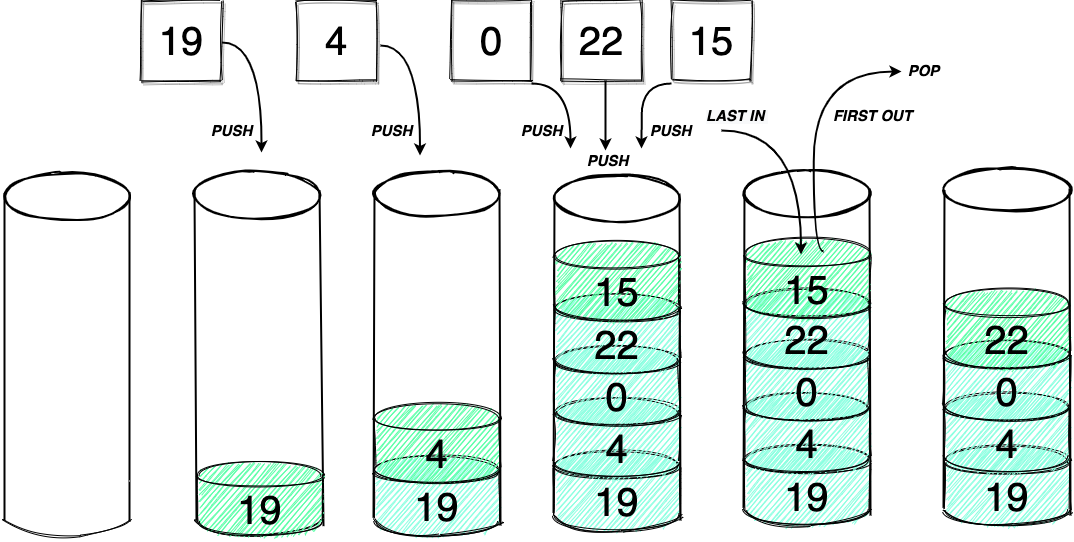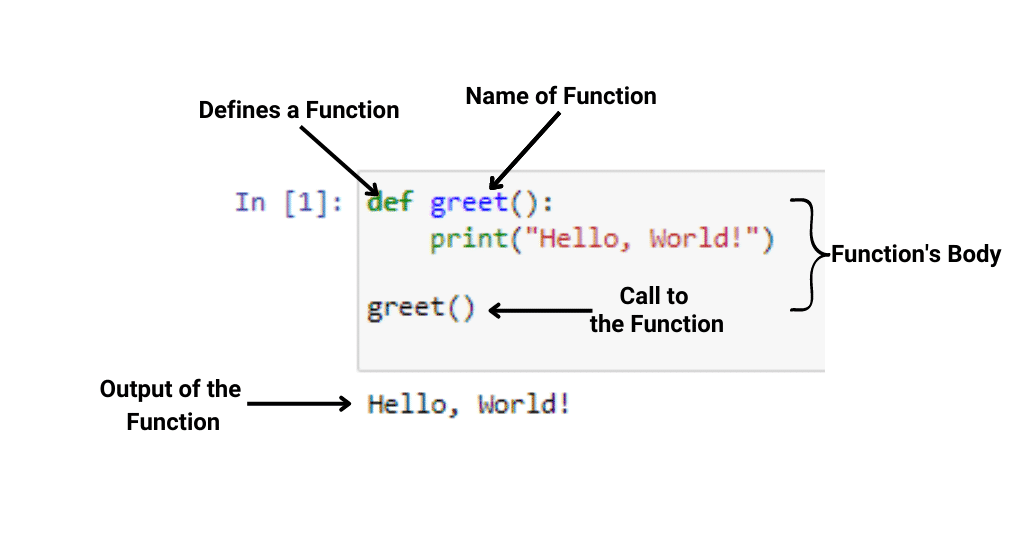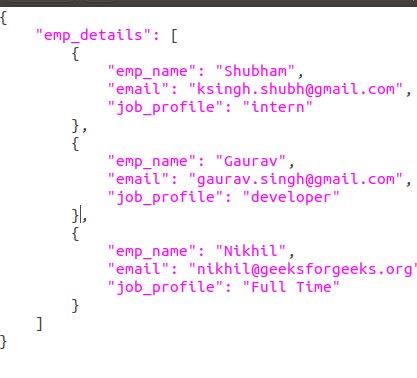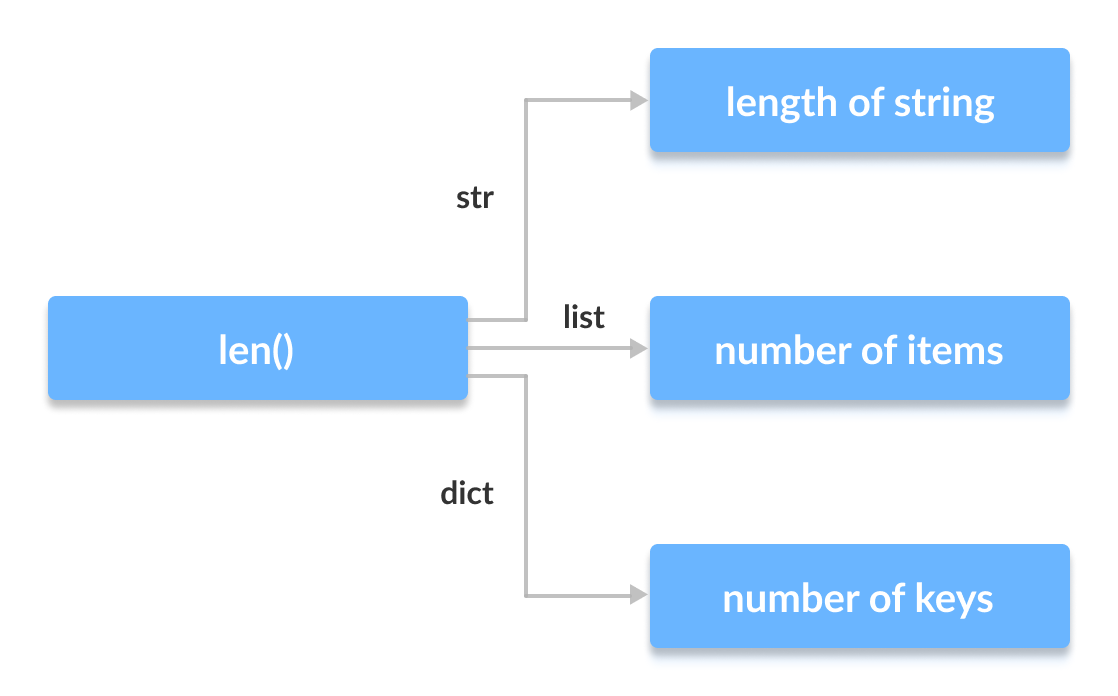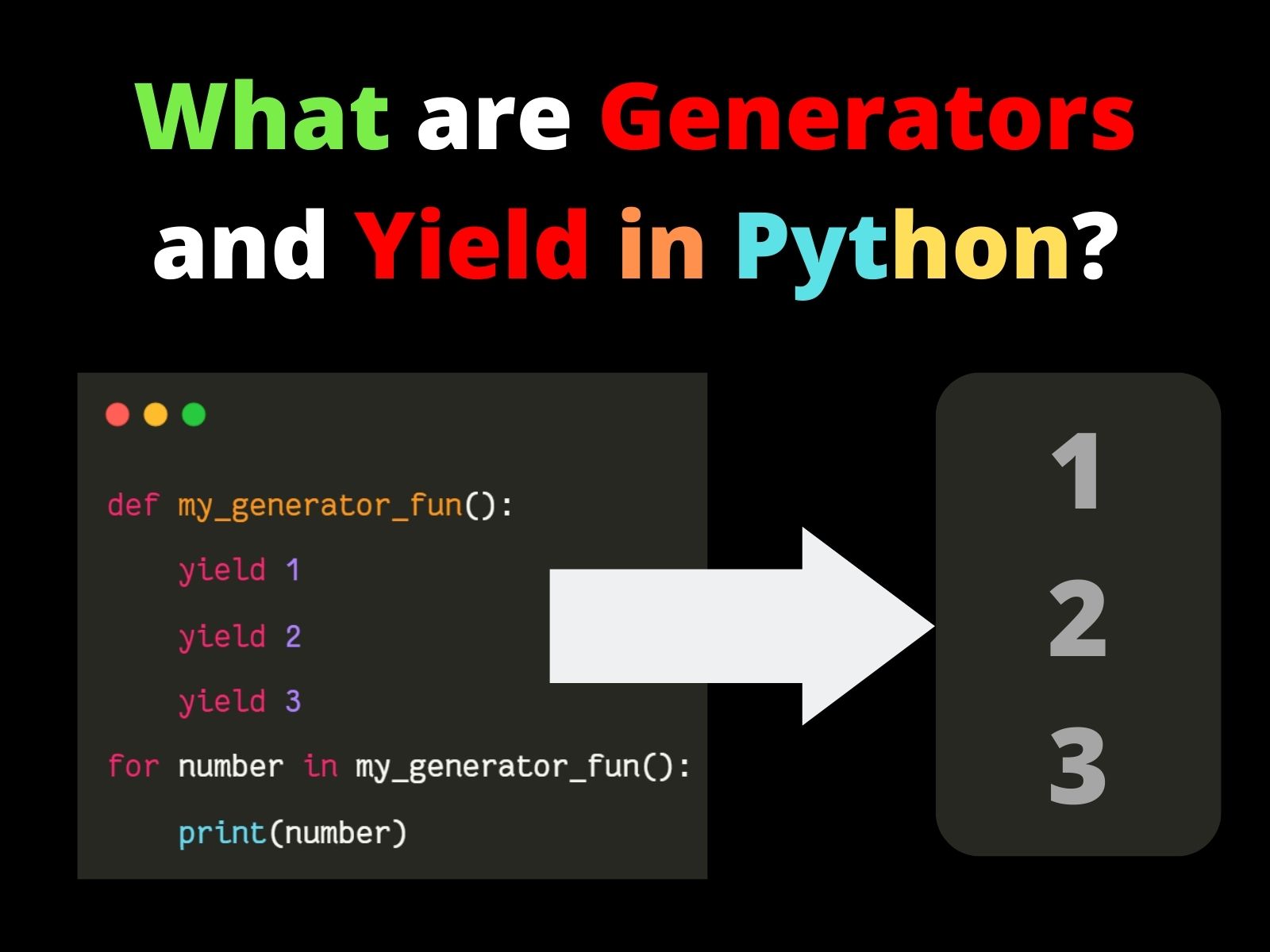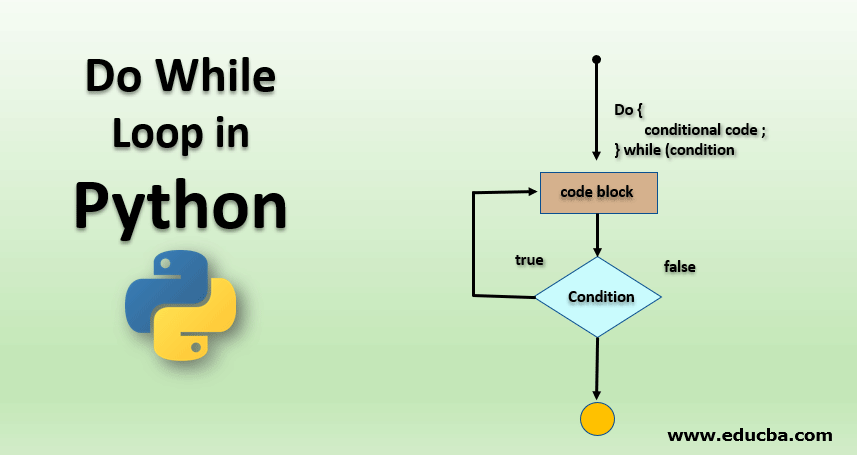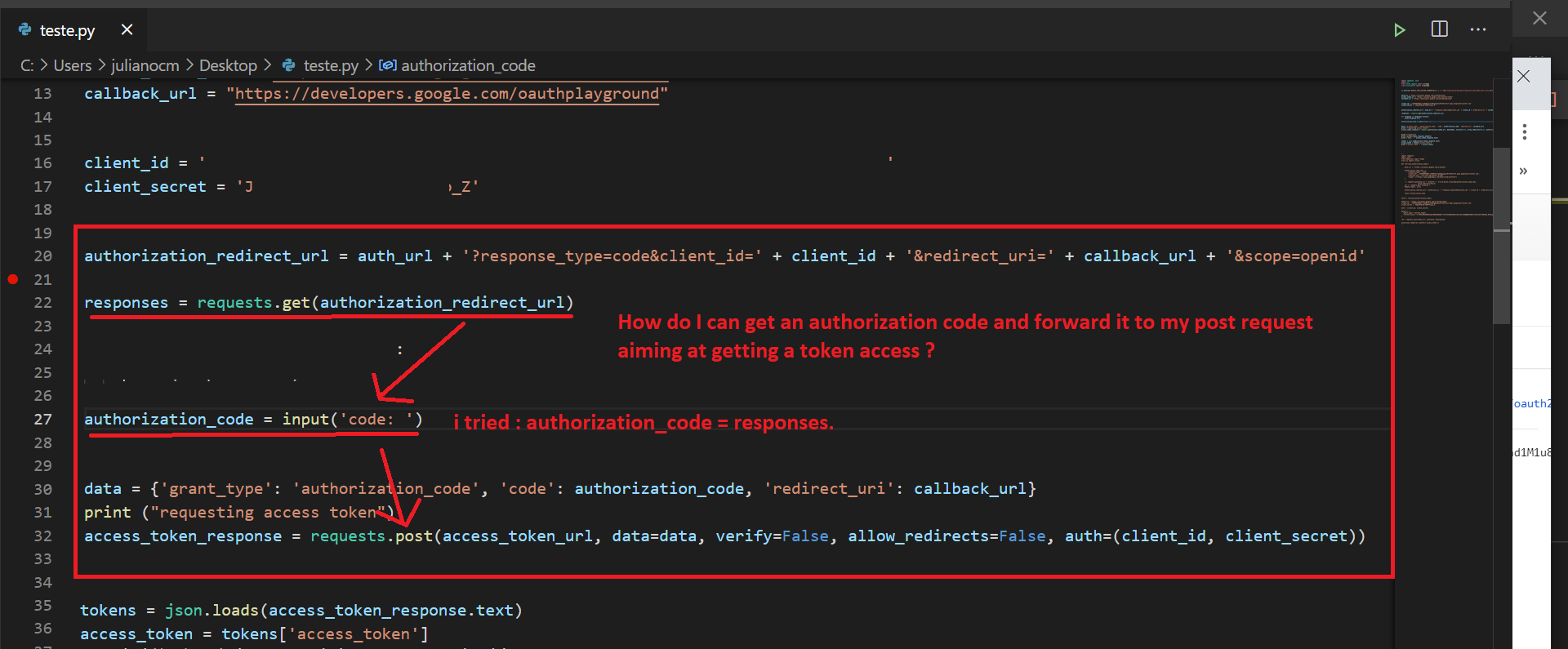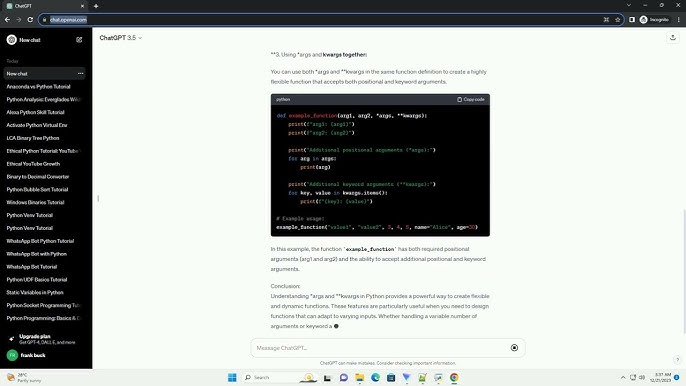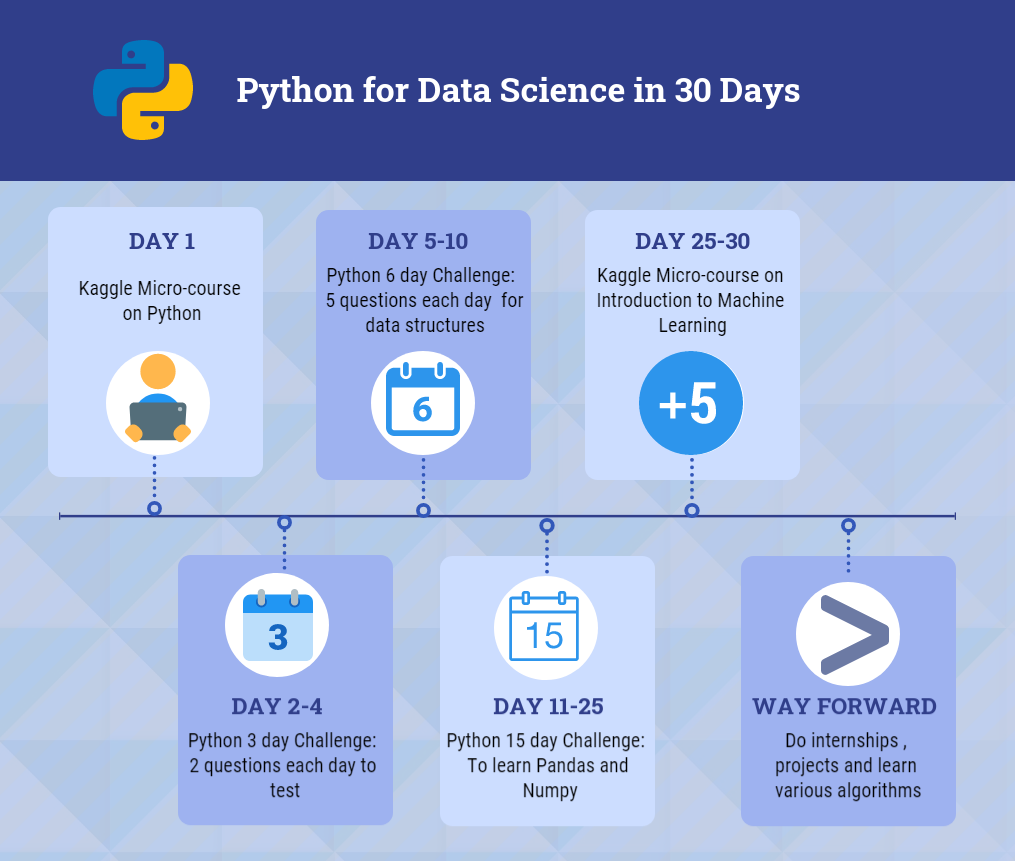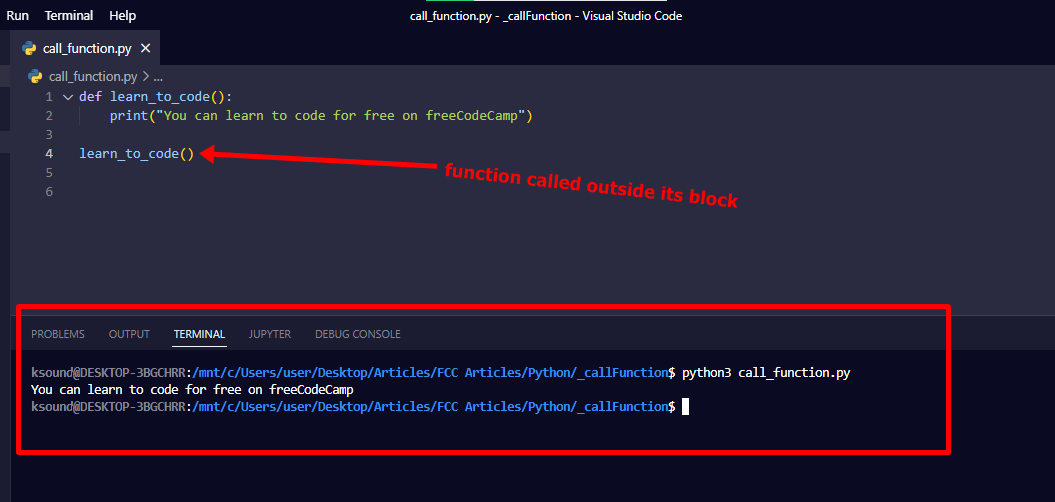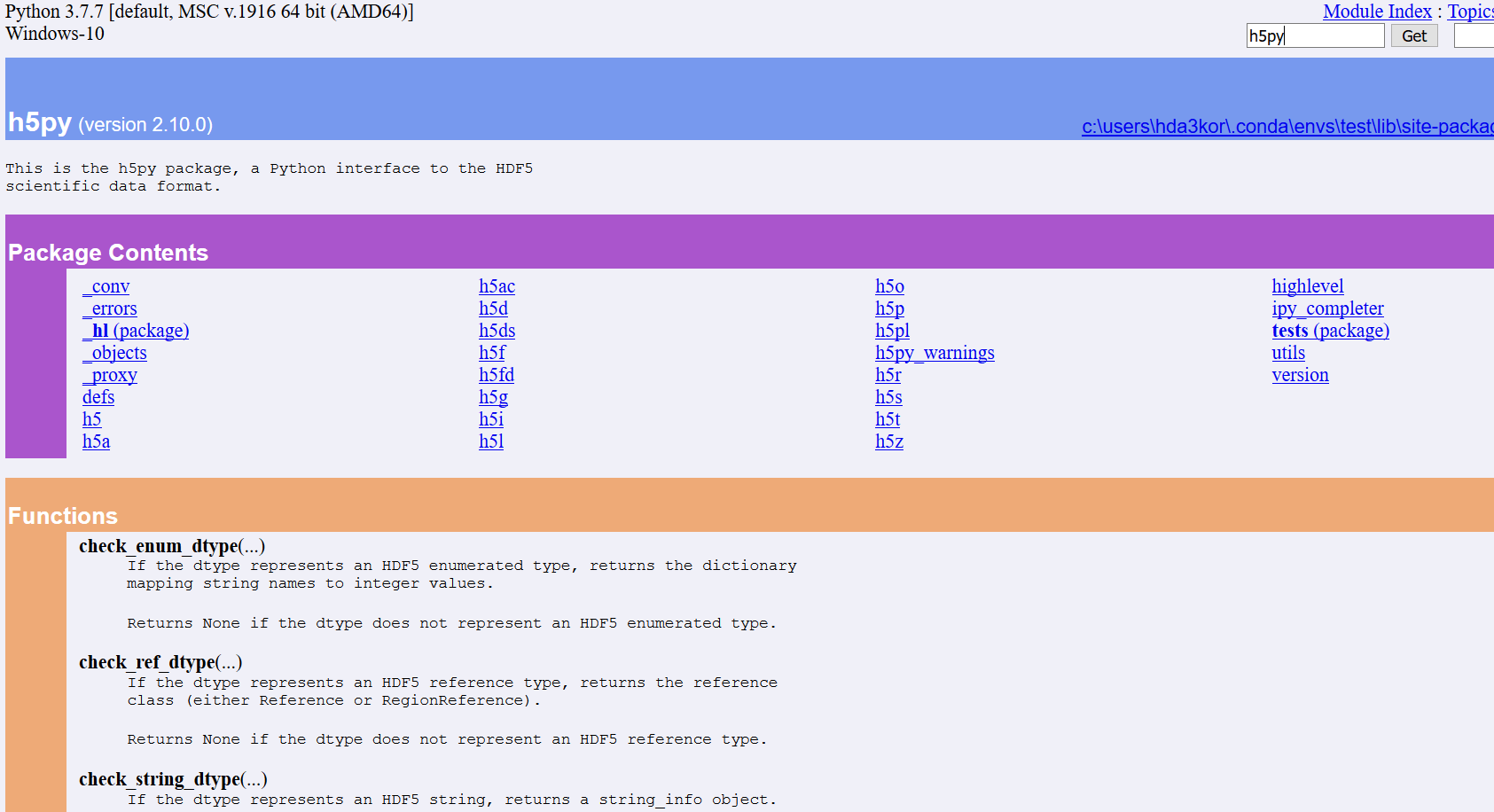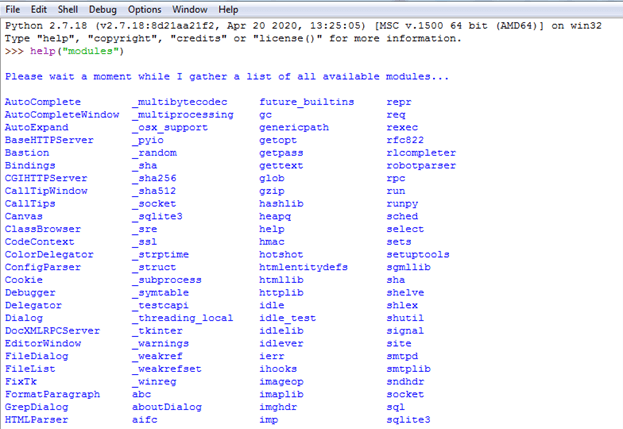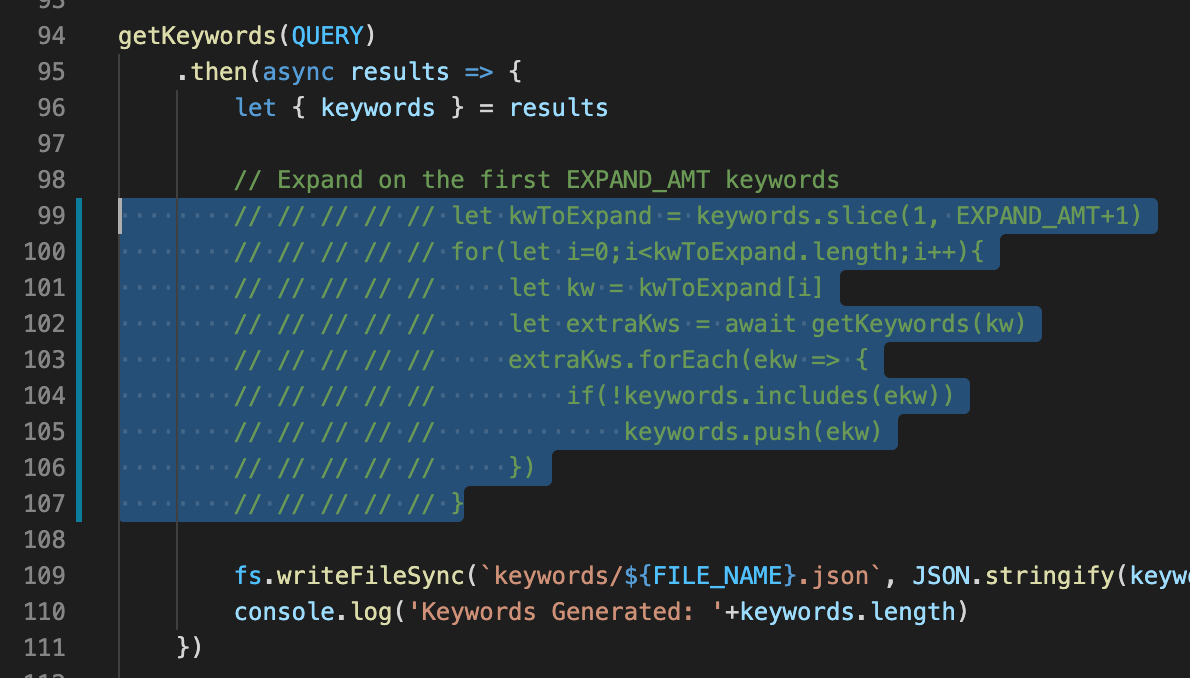list comprehension in python syntax
list comprehension in python syntax
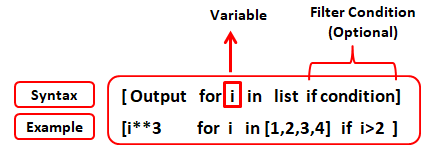
Here's a comprehensive overview of list comprehensions in Python, along with examples:
What is a List Comprehension?
A list comprehension is a concise way to create a new list from an existing iterable (like a list or tuple) by applying a transformation function to each element. It's a one-liner that replaces the need for loops and conditional statements.
Basic Syntax:
The basic syntax of a list comprehension is:
[expression for variable in iterable]

Where expression is the operation you want to perform on each element, variable is the temporary name given to each element in the iterable, and iterable is the original list or other iterable being processed.
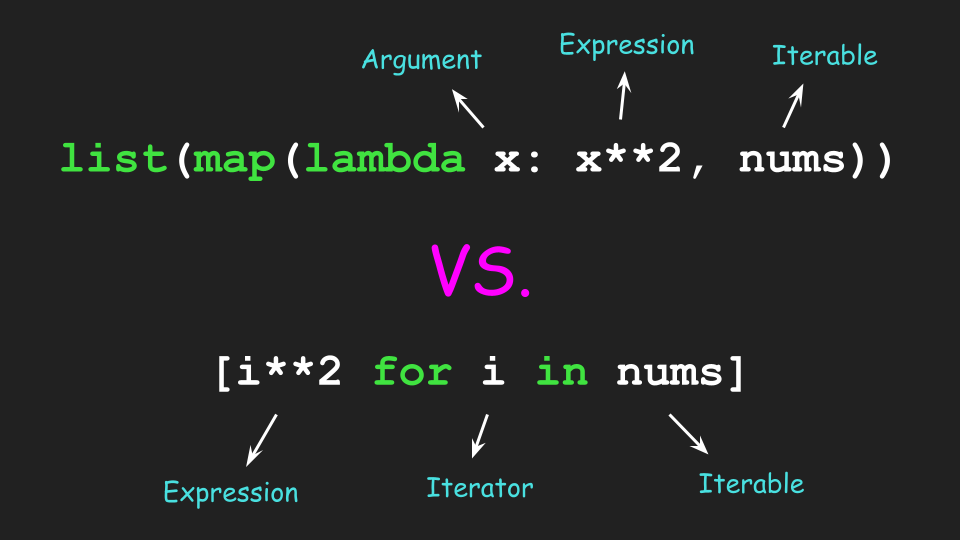
Example 1: Simple List Comprehension
Suppose we have a list of numbers [1, 2, 3, 4, 5] and we want to create a new list with all even numbers. Here's how you can do it using a list comprehension:
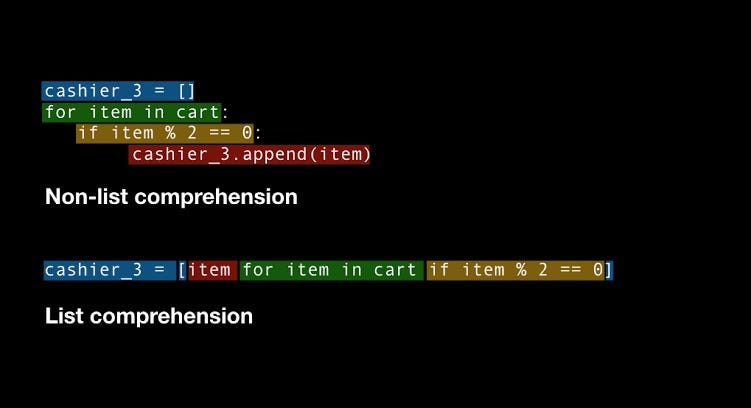
numbers = [1, 2, 3, 4, 5]
even_numbers = [num for num in numbers if num % 2 == 0]
print(even_numbers) # Output: [2, 4]
Example 2: Conditional List Comprehension
Let's say we have a list of strings ["apple", "banana", "cherry"] and we want to create a new list containing only the strings that start with the letter 'a'. Here's how you can do it using a conditional list comprehension:
fruits = ["apple", "banana", "cherry"]
alpha_fruits = [fruit for fruit in fruits if fruit.startswith('a')]
print(alpha_fruits) # Output: ['apple']
Example 3: Multiple Conditions List Comprehension
Suppose we have a list of tuples [(1, 'apple'), (2, 'banana'), (3, 'cherry')] and we want to create a new list containing only the tuples where the first element is greater than 1 and the second element starts with the letter 'a'. Here's how you can do it using multiple conditions in a list comprehension:
data = [(1, 'apple'), (2, 'banana'), (3, 'cherry')]
result = [(num, fruit) for num, fruit in data if num > 1 and fruit.startswith('a')]
print(result) # Output: [(2, 'banana')]
Example 4: Nested List Comprehension
Let's say we have a list of lists [[1, 2], [3, 4], [5, 6]] and we want to create a new list containing the squares of all elements in the inner lists. Here's how you can do it using nested list comprehensions:
numbers = [[1, 2], [3, 4], [5, 6]]
result = [num ** 2 for num_list in numbers for num in num_list]
print(result) # Output: [1, 4, 9, 16, 25, 36]
These examples demonstrate the power and flexibility of list comprehensions in Python. They can simplify your code, making it more readable and efficient.
Why use Python list comprehension?
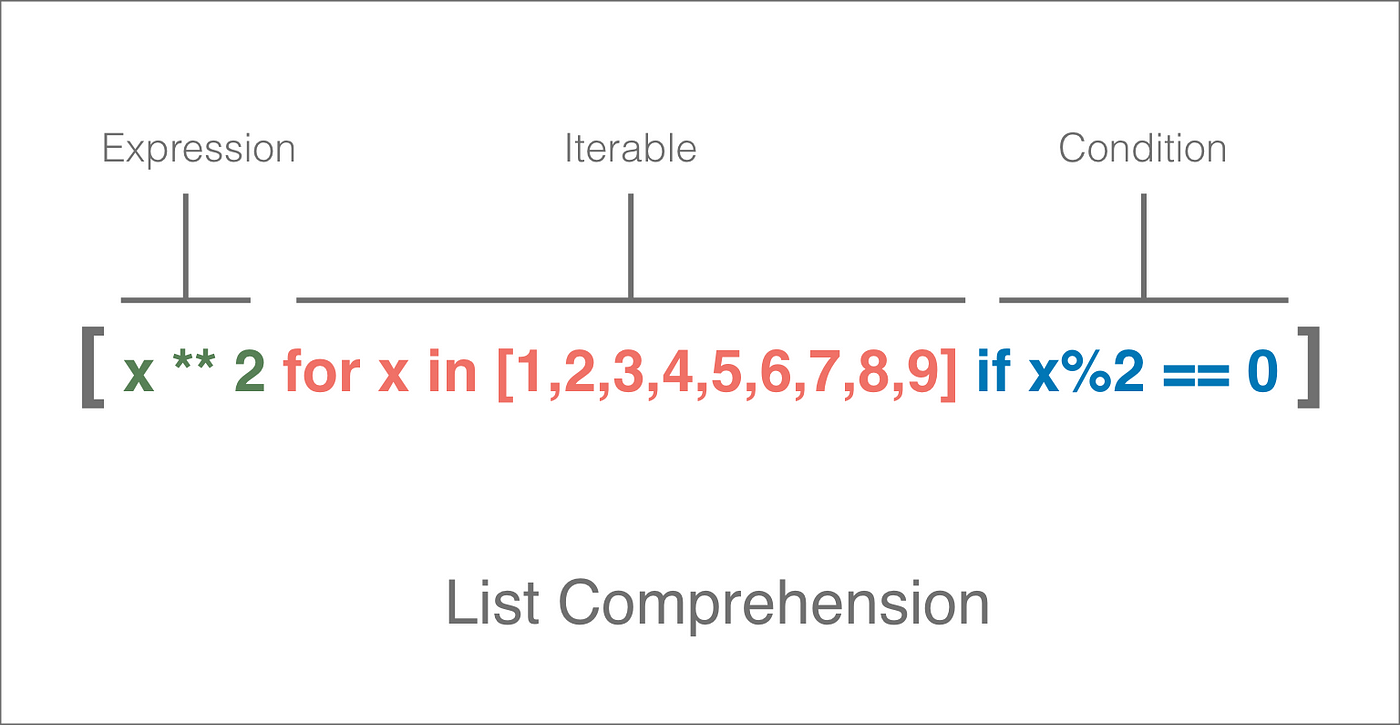
I'm happy to explain the benefits of using Python's list comprehension!
List comprehensions are a powerful feature in Python that allows you to create new lists from existing ones in a concise and efficient manner. They're essentially a shorthand way to write loops and conditional statements when creating lists.
Here are some reasons why you might want to use list comprehensions:
Readability: List comprehensions can be more readable than traditional loops, especially for simple operations. They're often easier to understand at a glance, which reduces the time it takes to comprehend code. Conciseness: Comprehensions are typically shorter and more compact than equivalent loop-based code. This can make your code more manageable and easier to maintain. Performance: In many cases, list comprehensions are faster than traditional loops because they're implemented in CPython using a Just-In-Time (JIT) compiler. This means that the Python interpreter can optimize the comprehension execution at runtime, making it faster overall. Less boilerplate code: When you use list comprehensions, you don't need to worry about explicit loop variables, indexing, or conditional statements. This reduces the amount of boilerplate code you need to write. More expressive power: Comprehensions can be used with various data structures, including lists, tuples, sets, dictionaries, and even other comprehensions! They're incredibly versatile and allow for complex operations on your data.To illustrate this, let's create a simple example where we use list comprehension to square all the numbers in a given range:
numbers = [1, 2, 3, 4, 5]
squared_numbers = [x**2 for x in numbers]
print(squared_numbers) # Output: [1, 4, 9, 16, 25]
In this example, we're creating a new list (squared_numbers) by iterating over the original list (numbers), squaring each number, and adding it to the new list. The comprehension is equivalent to:
squared_numbers = []
for x in numbers:
squared_numbers.append(x**2)
However, the comprehension is more concise, readable, and efficient.
In summary, Python's list comprehensions offer a range of benefits, including readability, conciseness, performance, less boilerplate code, and more expressive power. By using them, you can write more maintainable, efficient, and elegant code!
